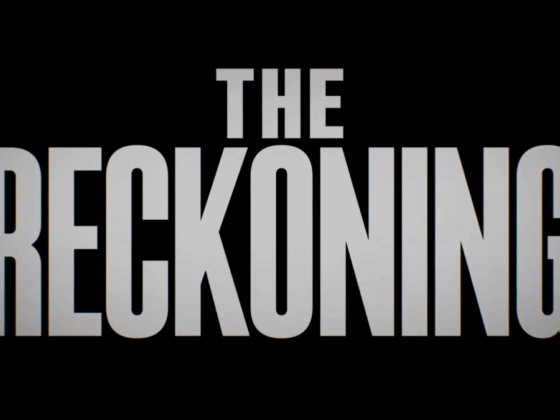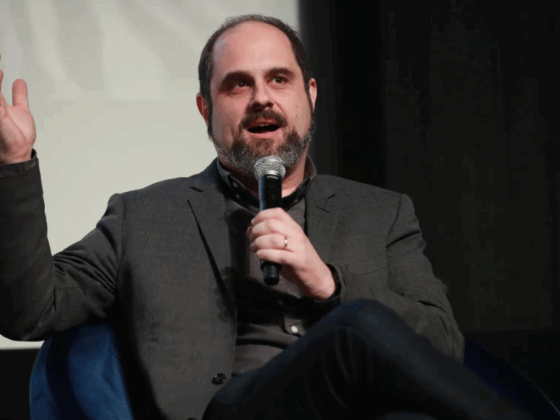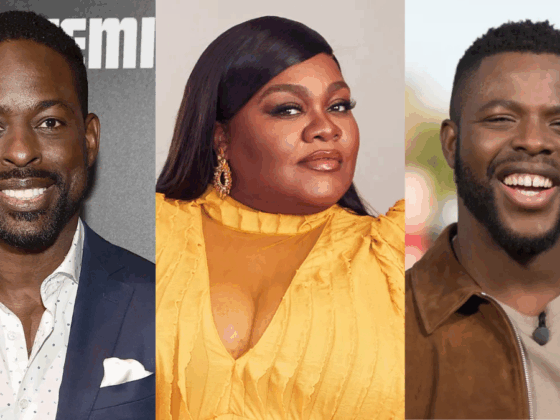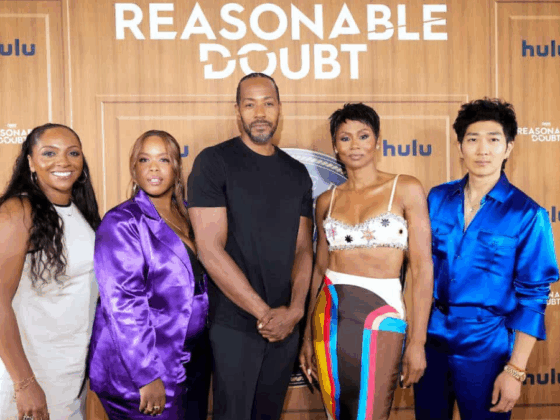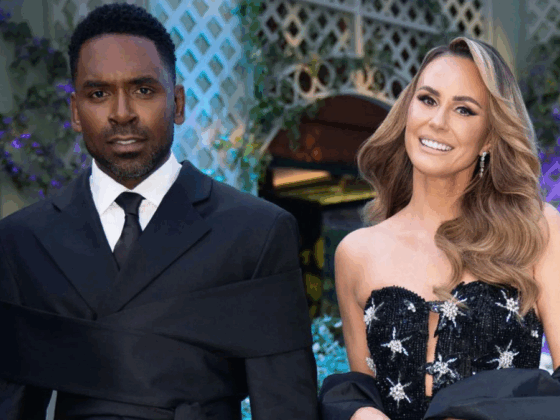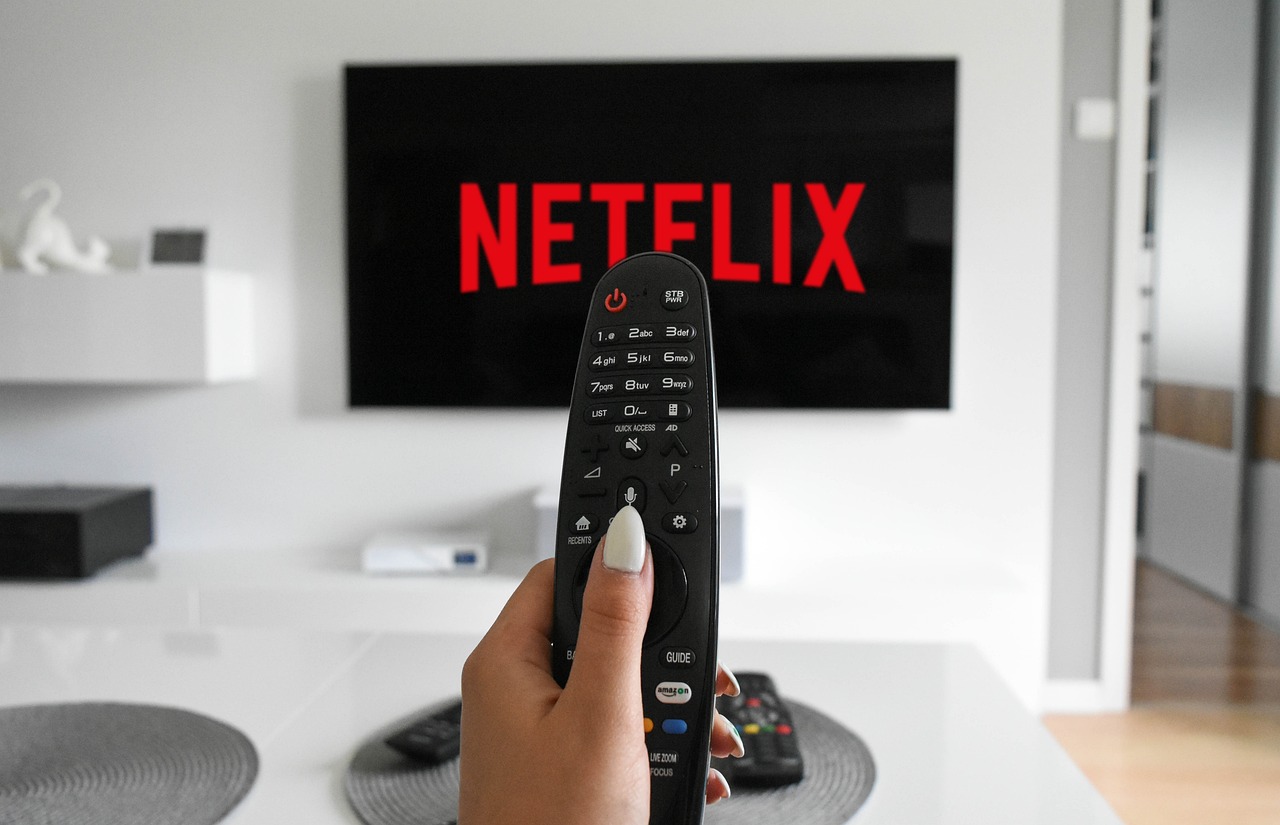
In the summer of 2022, a monumental shift happened. For the first time ever, streaming services overtook cable and broadcast TV figures. More generally, live streaming as a content medium also brings in eye-watering figures and has had an enormous impact on internet culture. There’s a stark generational divide in how we find and consume media now and today we’re looking at some of the reasons why.
NEW: Streaming surpassed cable for the first time ever with 34.8% share of U.S. TV viewership in July. ?
Find out what caused the shift in our new edition of The Gauge: https://t.co/p0Eh0x48cr pic.twitter.com/qAxwTAwbM3
— Nielsen (@nielsen) August 18, 2022
Streaming & Live Content On The Rise
Streaming services like Netflix and their ever-expanding rogue’s gallery of competitors are eating up watch time all over the world, to the detriment of cable and broadcast TV. On-demand entertainment is easier on our schedules, requires no downloads, and is available on handheld devices like tablets and smartphones.
Then there’s live streaming, the wilder cousin of streaming services but make no mistake, it brings in millions of viewers and even more dollars every year. Live content is as varied as it is abundant – where there are streamers hosting gameshows out of their garage, there are also sophisticated industries that have grasped streaming with both hands. Online casinos are a popular example of an industry leveraging the benefits of online entertainment. Through websites, online casinos allow customers to play live casino games online, think blackjack, poker, and roulette. It offers a level of interactivity that better mimics the casino experience, and that interactivity is also why live content is on the rise across the board.
Streaming services have given life to many projects that wouldn’t have gotten interest from traditional TV. Meanwhile, live streaming has created a new generation of celebrities from mostly ordinary people and the technology behind it has also changed the way we engage with modern entertainment, leading to the shift we saw in 2022.
Streaming Interest By The Numbers
By the numbers, there are two main trends in on-demand video streaming and live streaming. While it may be tempting to label them young adult entertainment, older customers have a bigger part to play. That is, older people have made up the majority of streaming service audience growth over the past few years. In Nielsen figures from 2022, the 50-64 and 65+ demographics contributed most to Netflix, Hulu, and Disney+ subscriptions. In more recent figures, Bain reports a 60% increase in 55+ demo streaming interest between 2022 and 2023.
Now, this seems to be a late adoption growth spurt. This could mean that other demographics bought into streaming services a while back, and now the older ones are joining in. Still, in an increasingly competitive space where posting subscriber growth figures wow investors, they want as many people as possible to buy in. In fact, you can see this with services that are packing their platforms with older content that appeals to nostalgic rewatches. This seems to be working, as they abandon cable and broadcast TV to follow people who never watched traditional TV much to start with.
When it comes to social media, there’s much more variation. The longer a service has been around (and mainstream) then the more evenly distributed the age demographics will be.
The equalizer here is live streams that are built into other kinds of entertainment. Our online casino example fits here, along with online sports live streams where older fans will tune in via desktop or tablet. It should be noted that on-demand streaming for sports is also very popular in South America and other continents where cable access may be diminished. Many countries outside of the US have leapfrogged over cable and broadcast TV, becoming BBOs – broadband-only homes.
It remains to be seen if older demographics will pour into other kinds of streamed content – namely live streaming and newer forms of social media. Historically, any age differences tend to smooth out as more people adopt a service. However, with the media landscape changing so fast, it’s just as likely that by the time older demos take up live content, the younger demos will have moved on to the next big thing.
